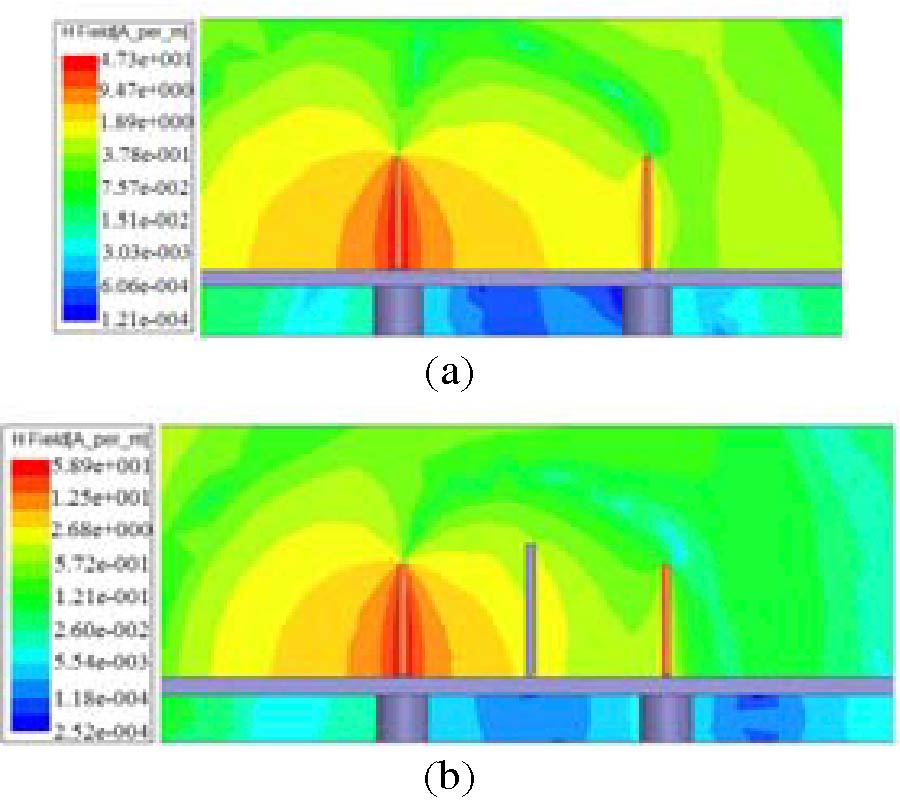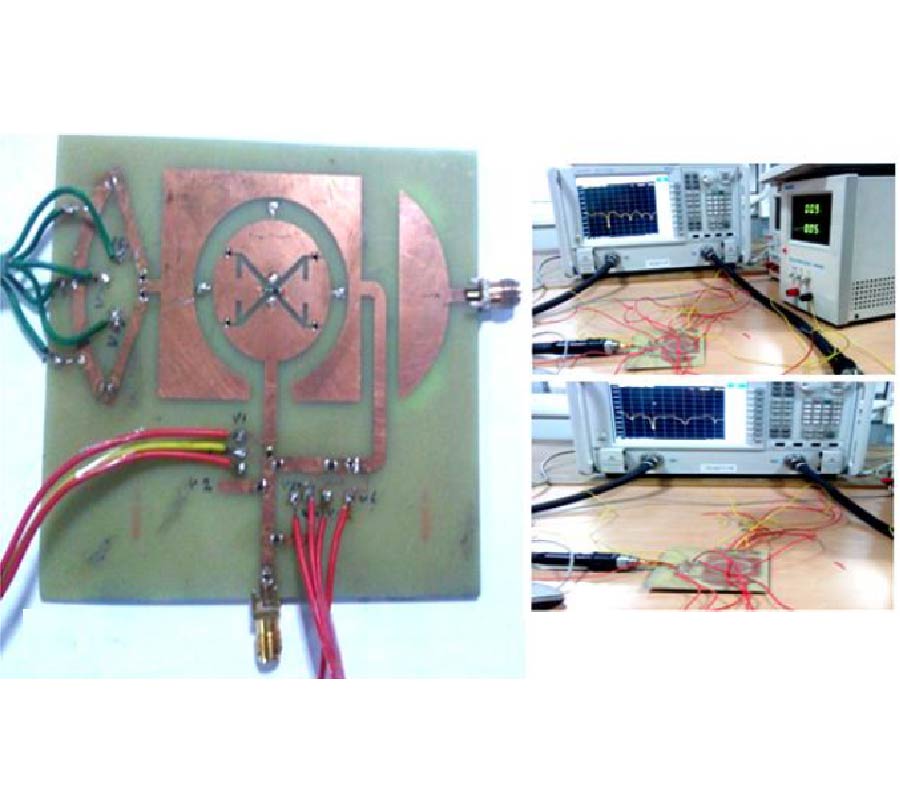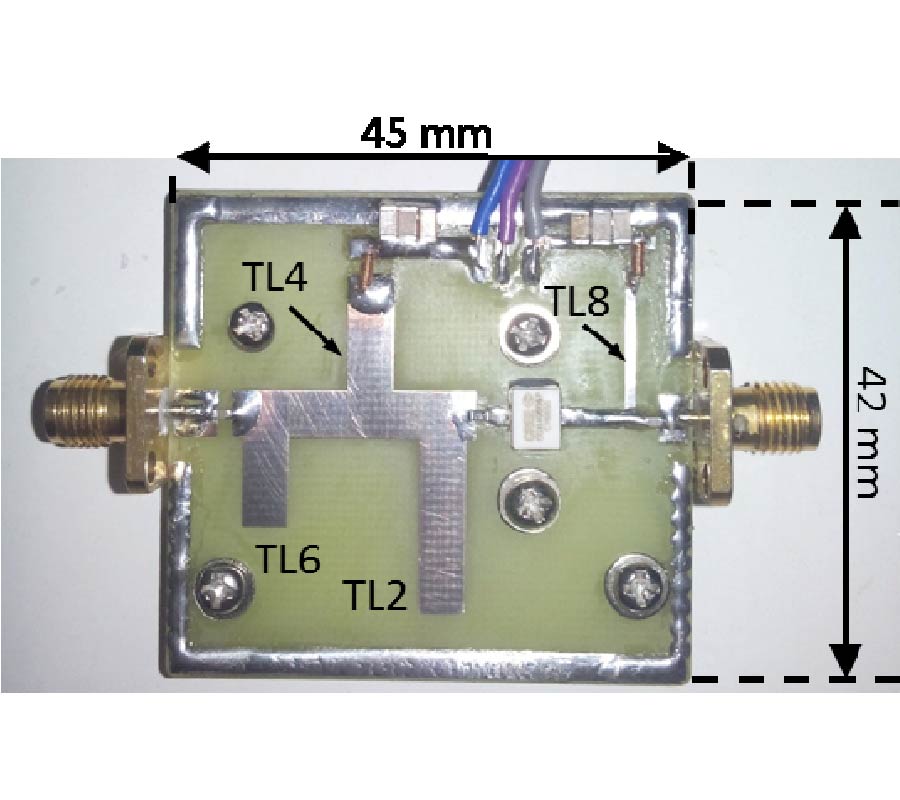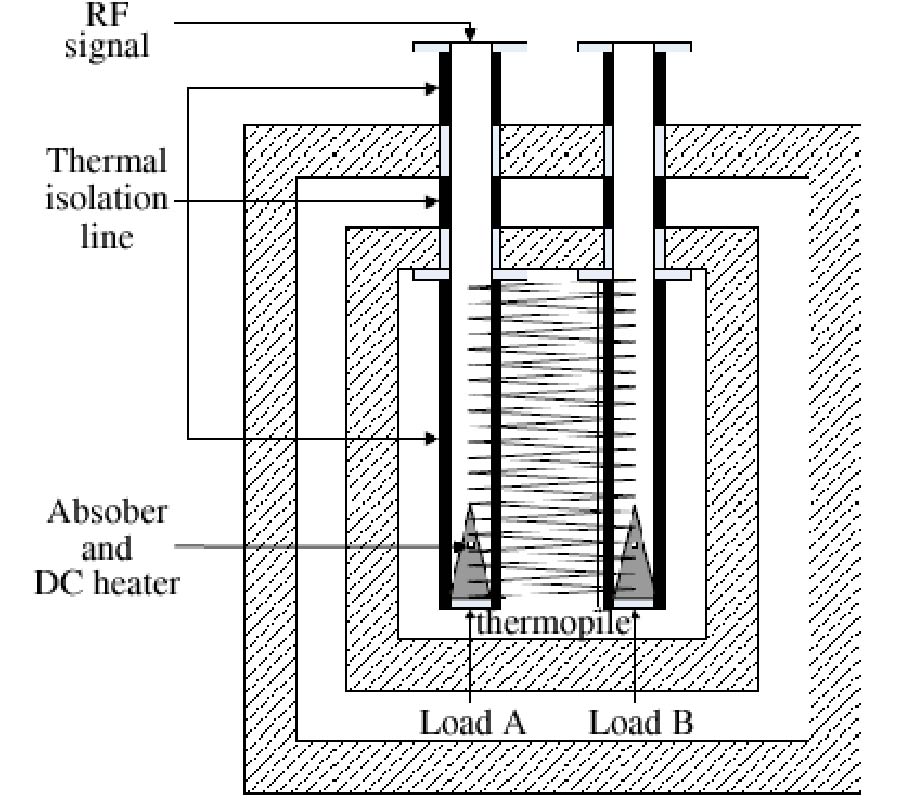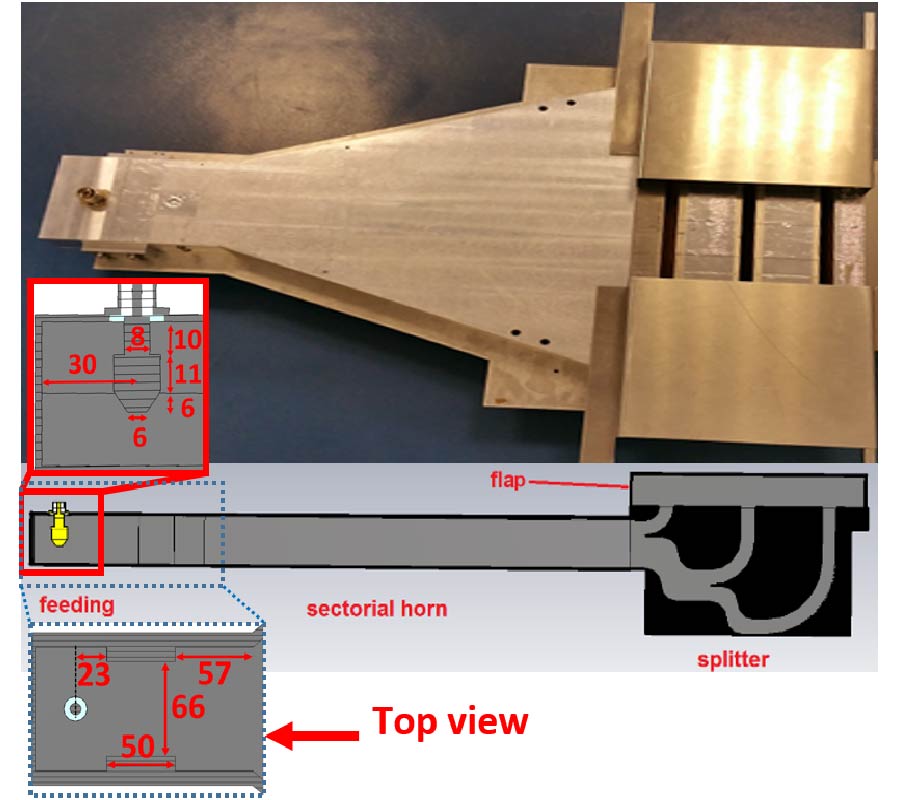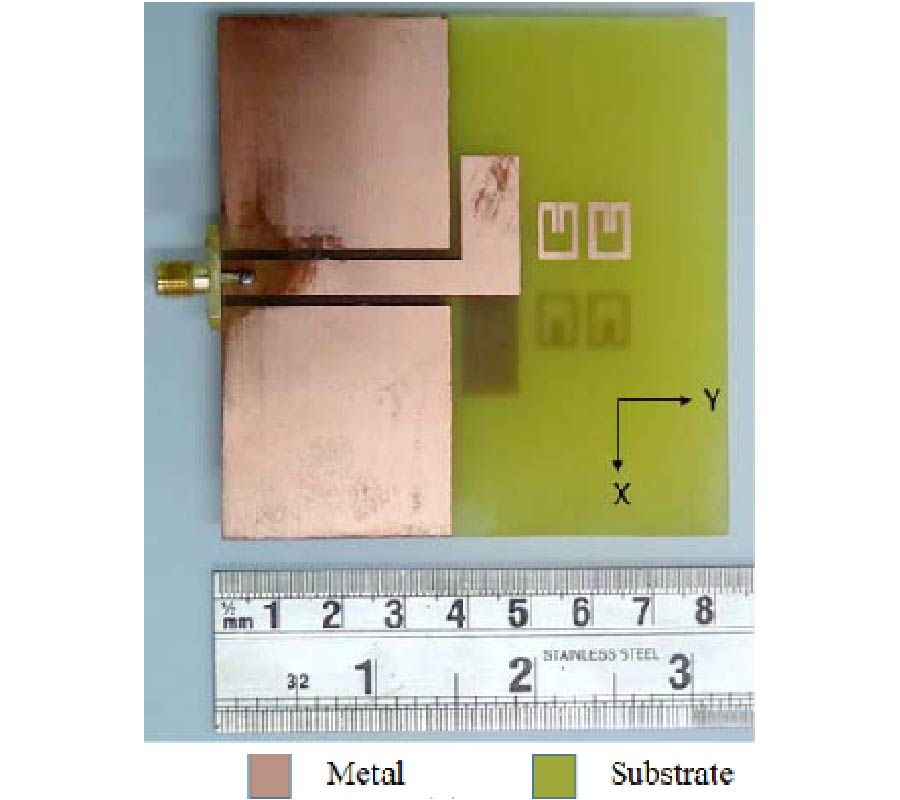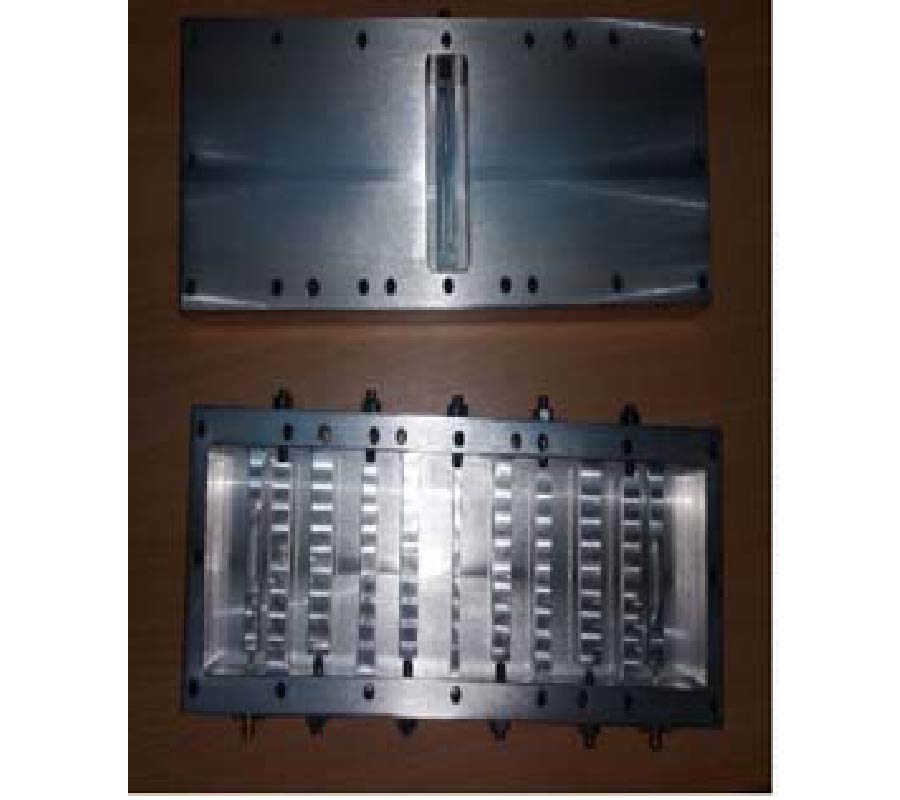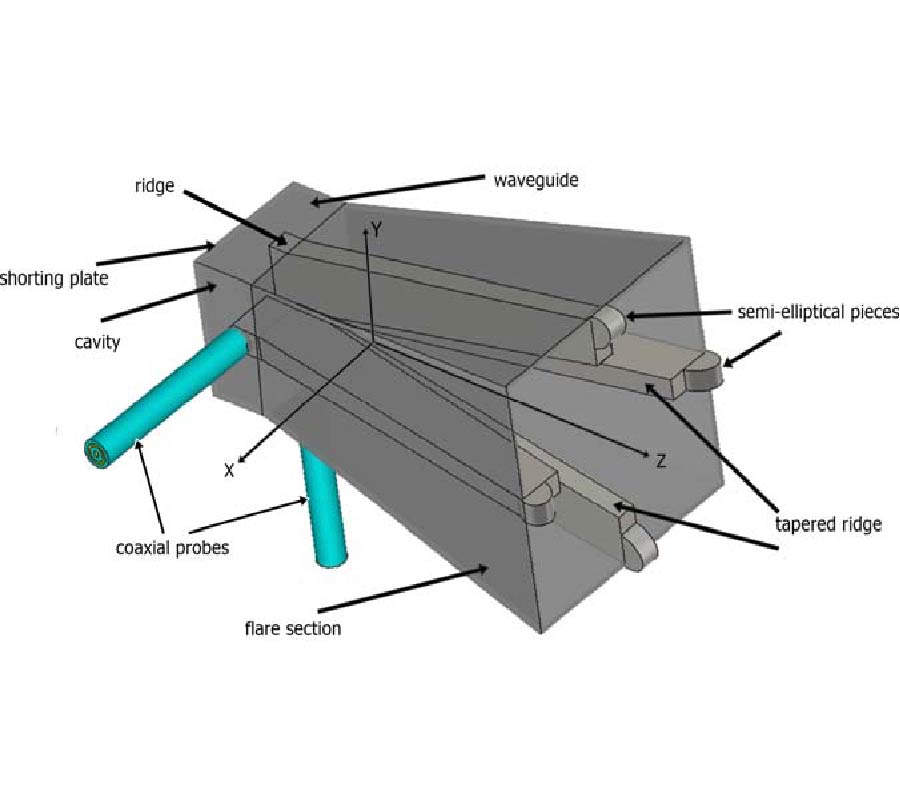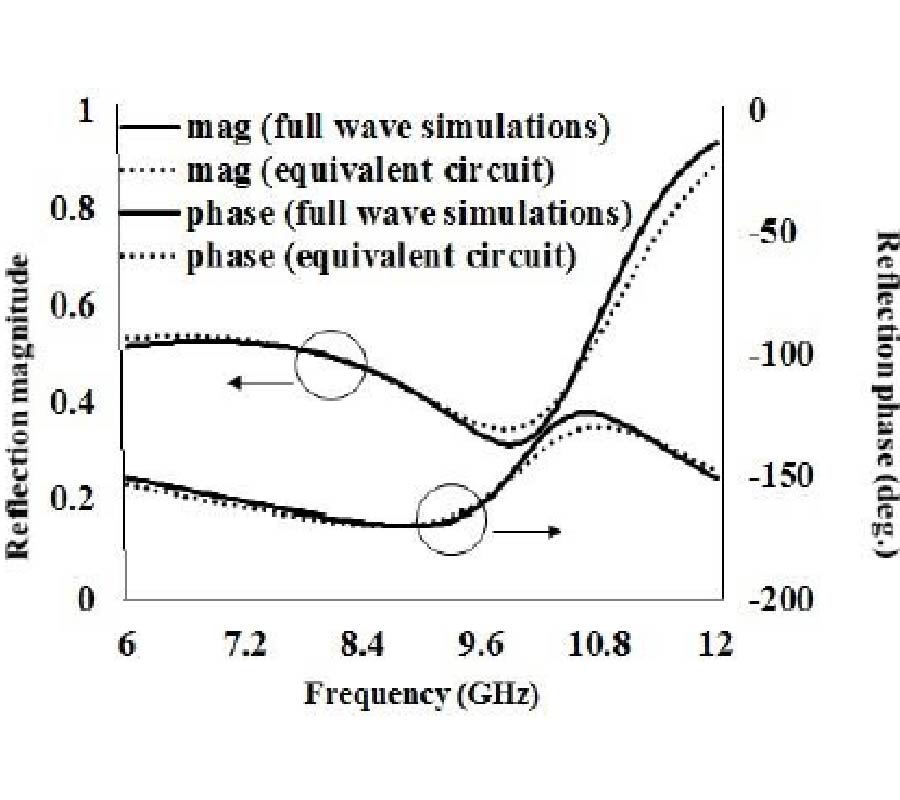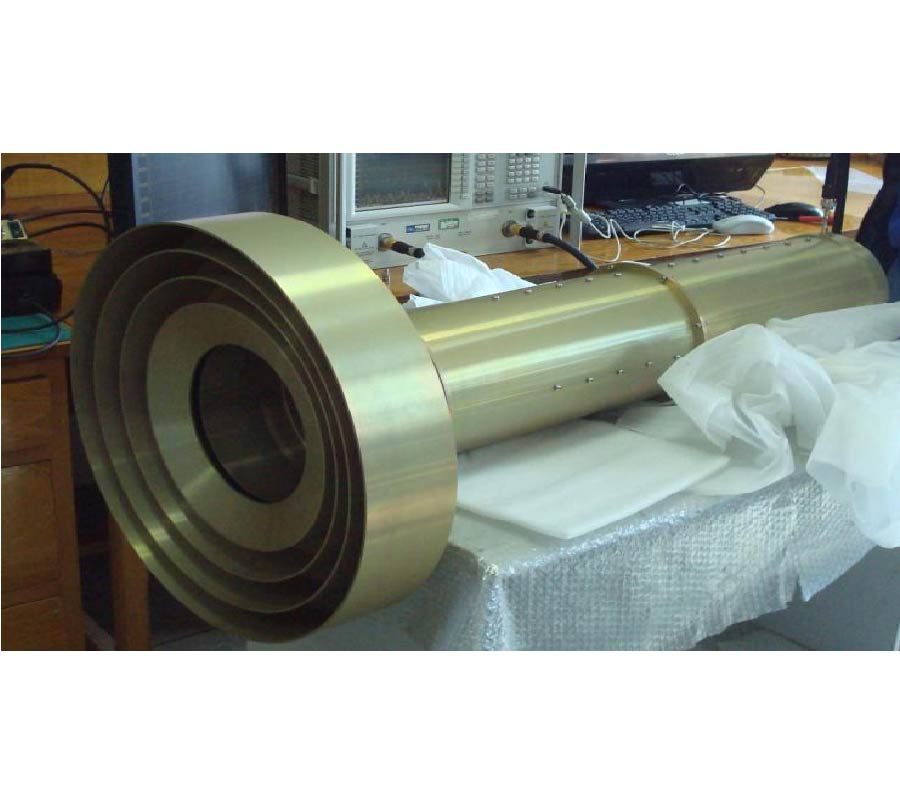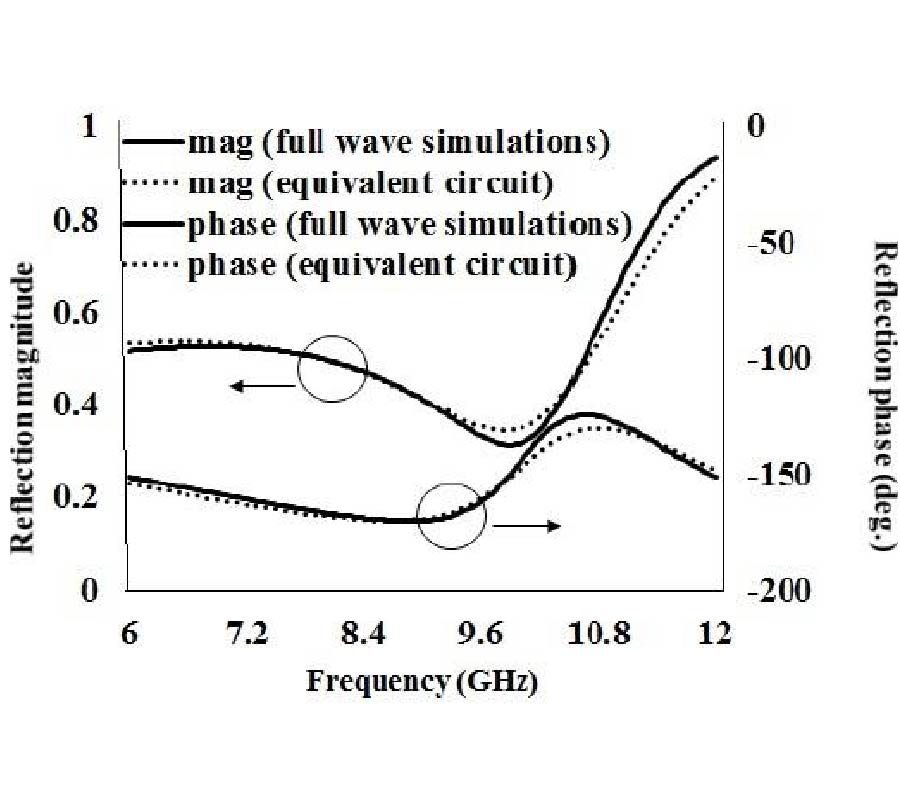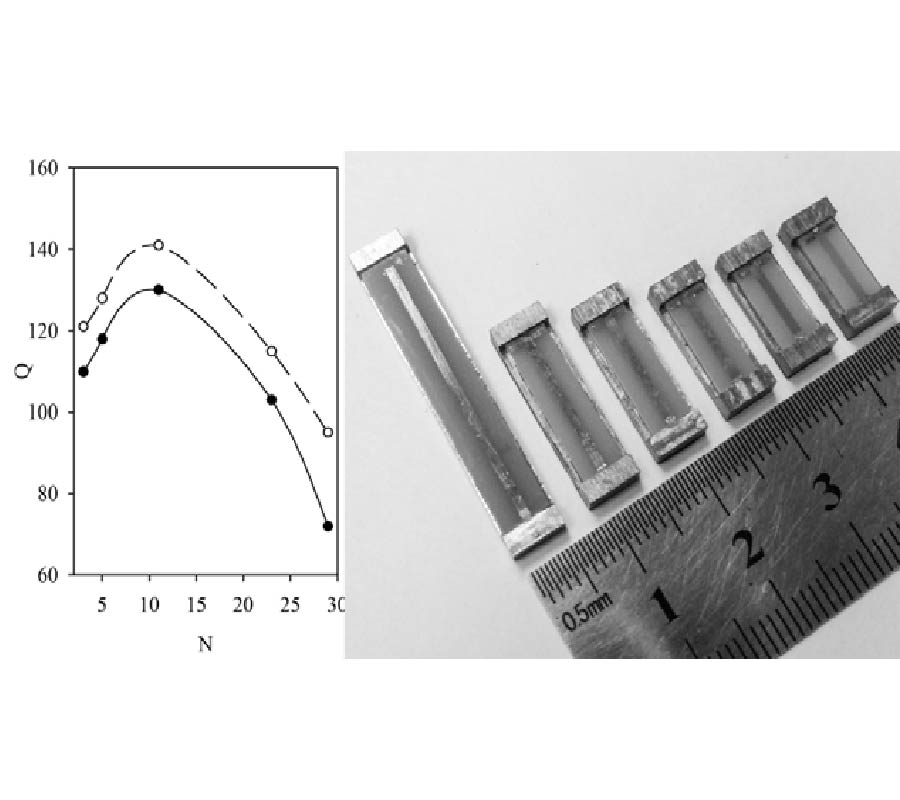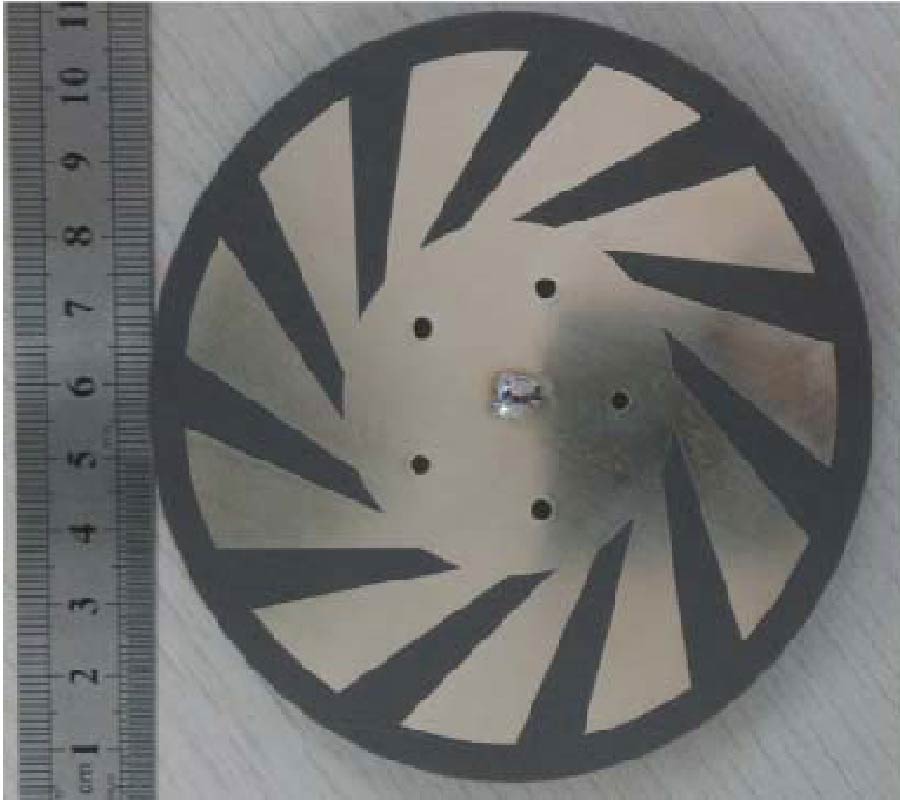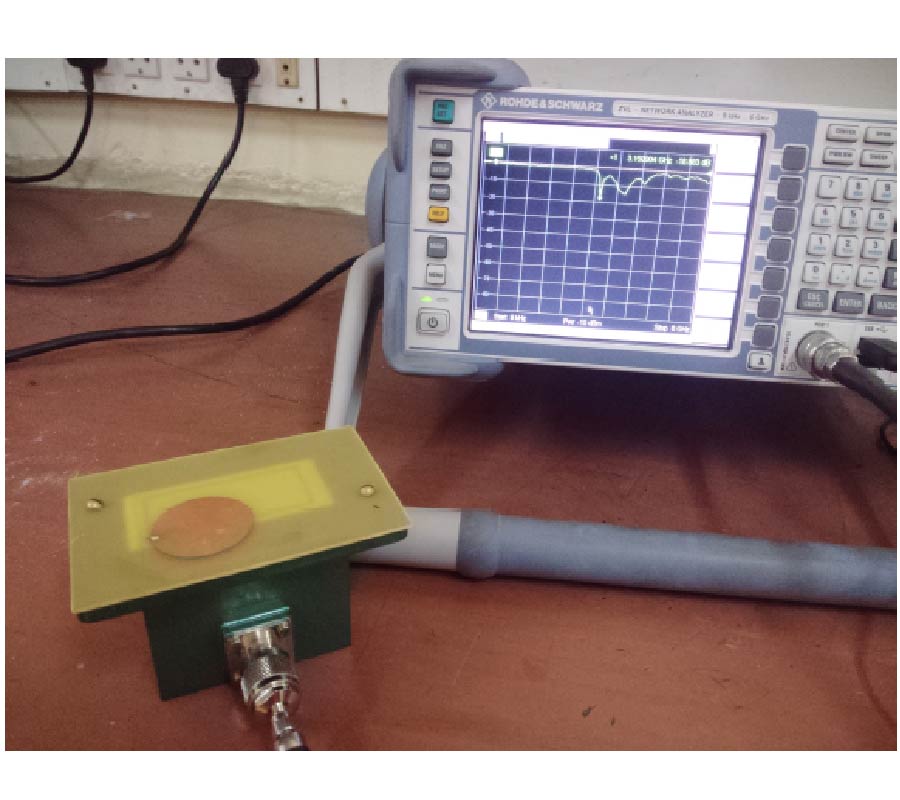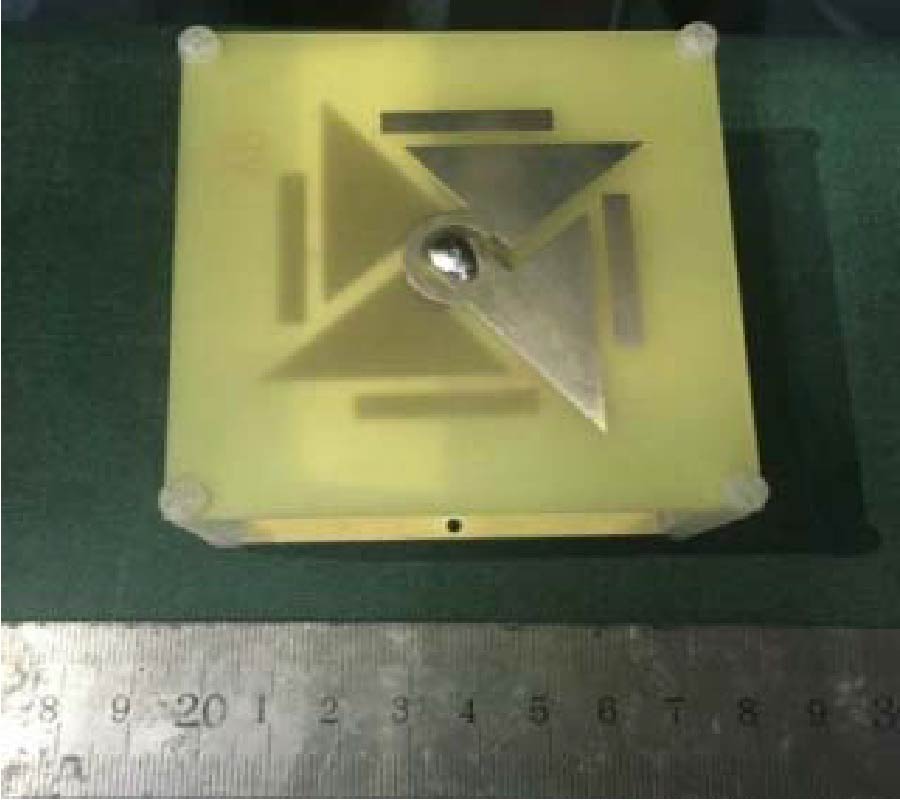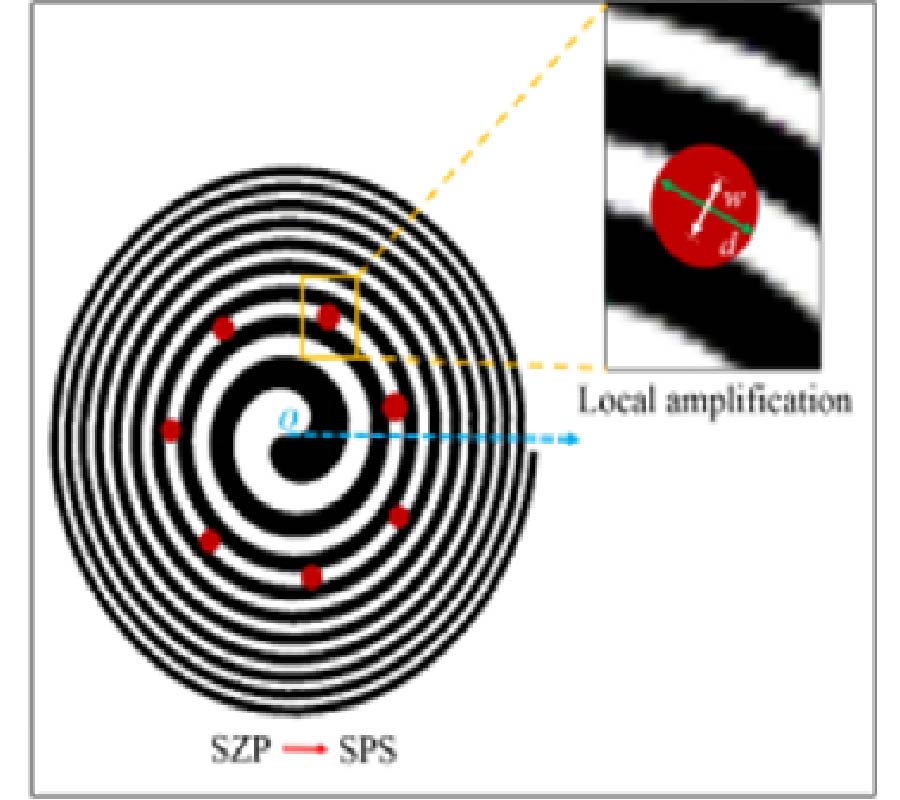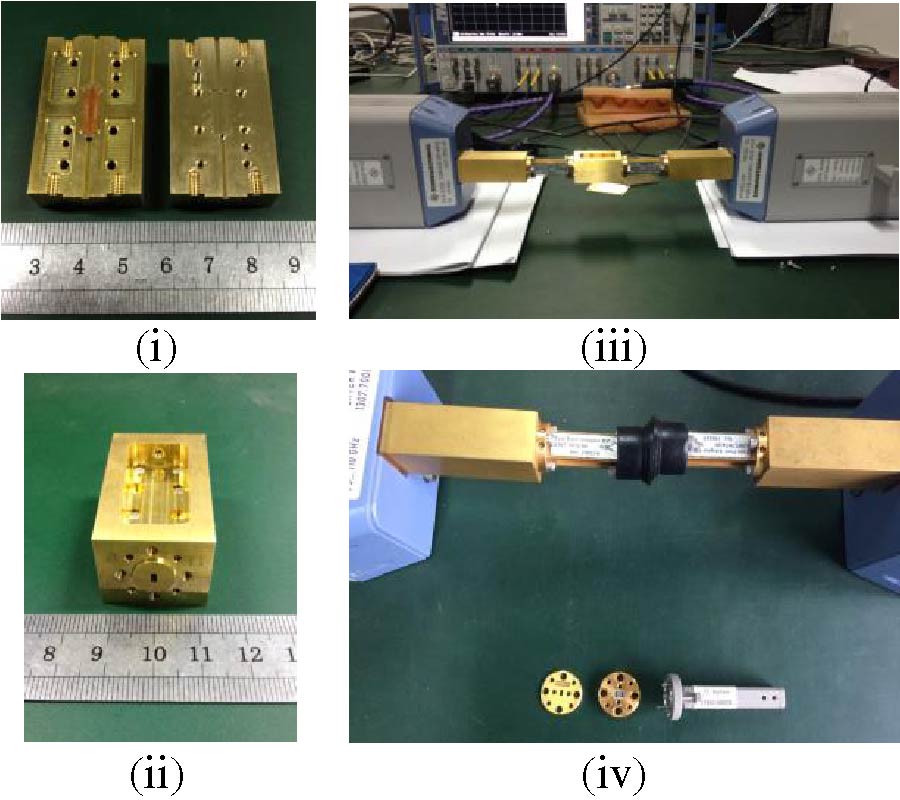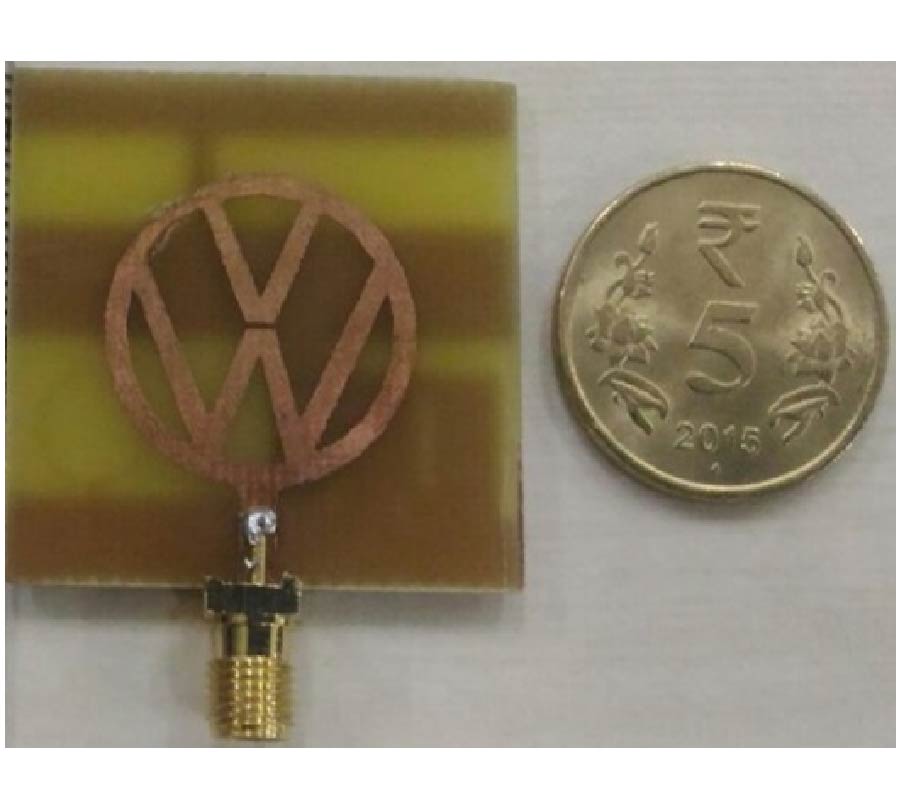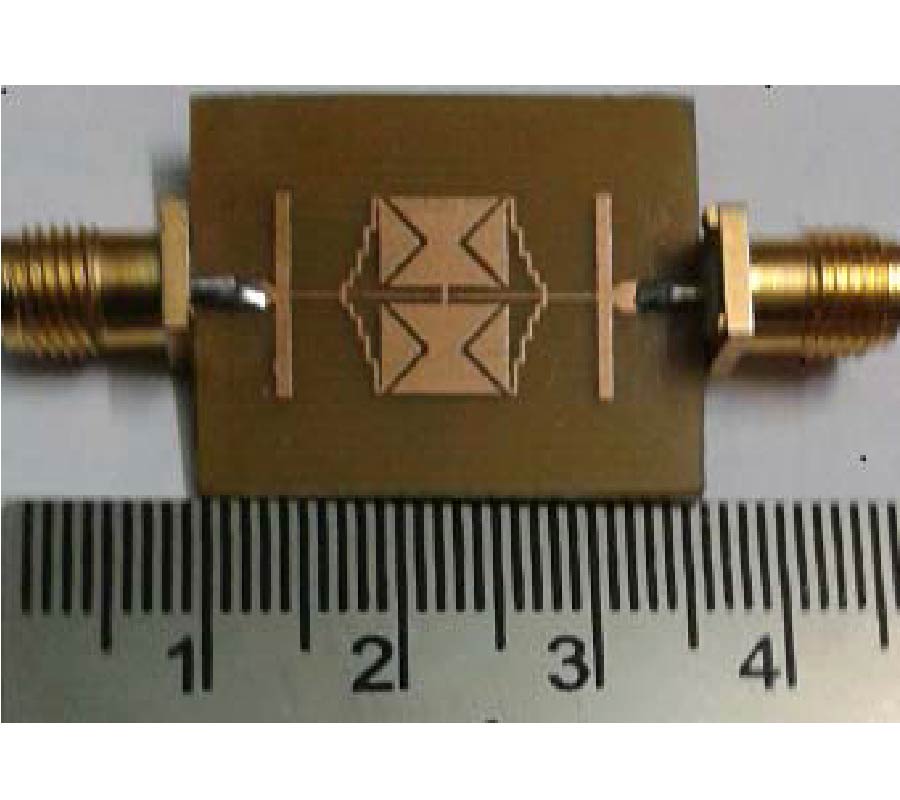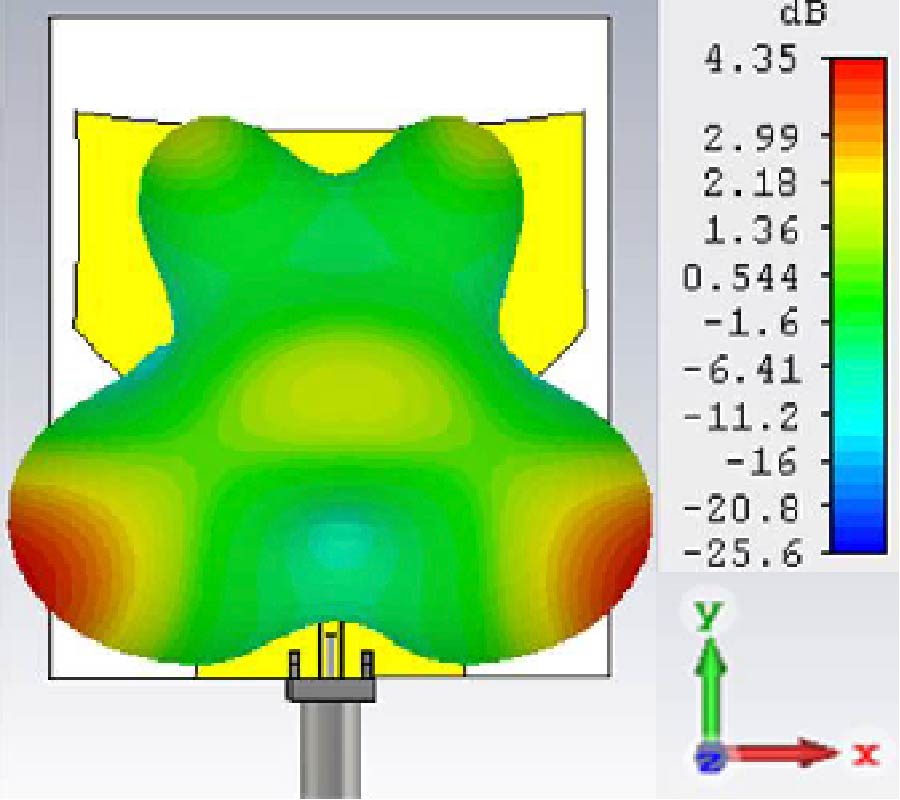Wideband Circularly Polaried Cross Bowtie Dipole Antenna with Axial-Ratio Bandwidth Enhancement
Dan Wu,
Zhi-Ya Zhang,
Luyang Ji,
Long Yang,
Guang Fu and
Xiao-Wei Shi
A wideband circularly polarized (CP) cross-dipole antenna is proposed for wireless applications. In this design, four parasitic square patches are utilized around the radiation patch to enhance the Axial-ratio (AR) bandwidth. By employing the bowtie-shape dipoles, the proposed antenna can achieve a wide impedance bandwidth. Meanwhile, by integrating with a curved-delay line which provides a 90° phase difference, the proposed antenna can radiate a CP pattern. A prototype is calculated, fabricated, and measured. Good agreement between the simulated and measured results is achieved. The measured results show an impedance bandwidth for VSWR≤2 of 47.73% (1.93-3.14 GHz) and a 3-dB AR bandwidth of 42.8% (2.00-3.09 GHz).
